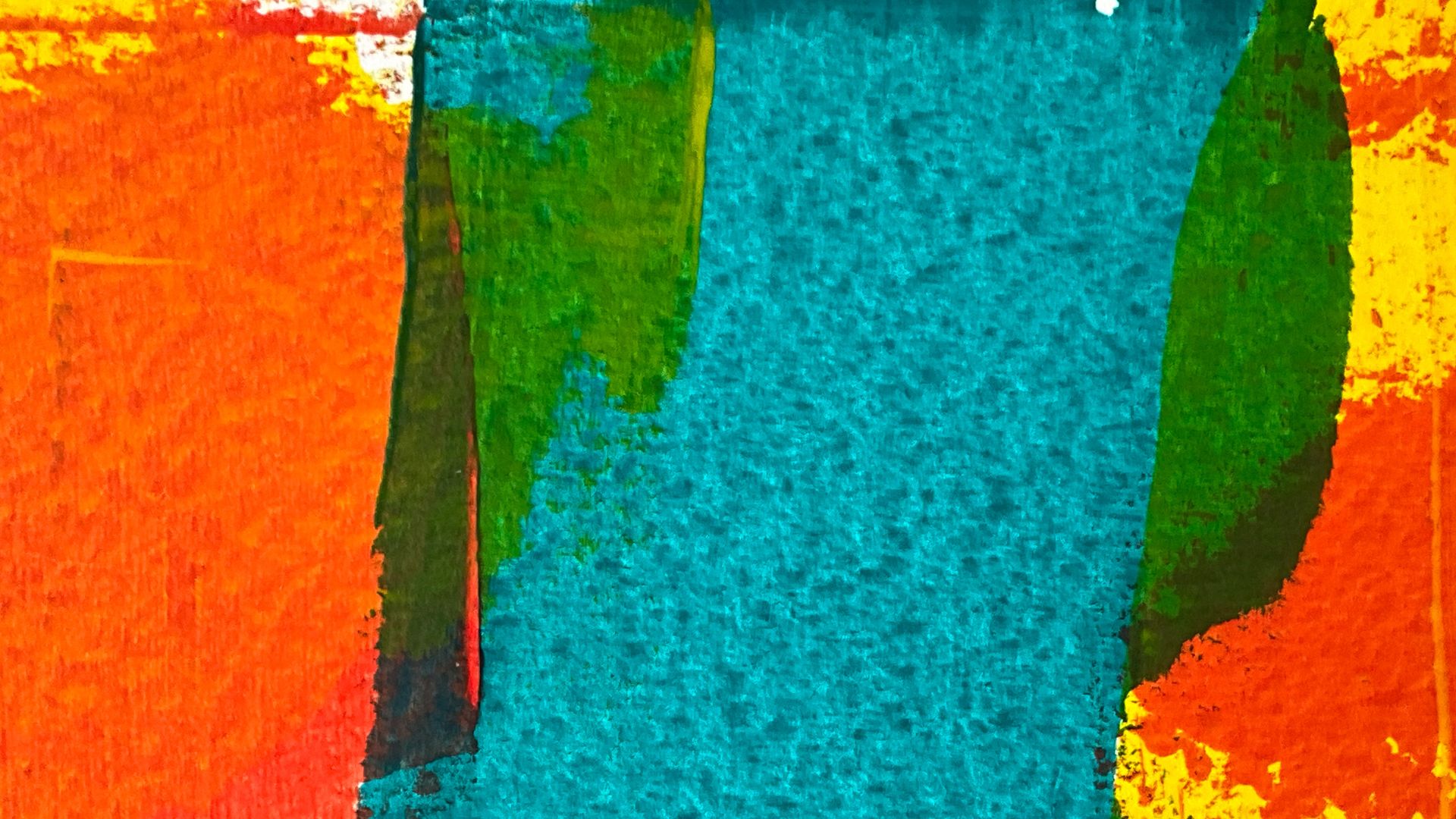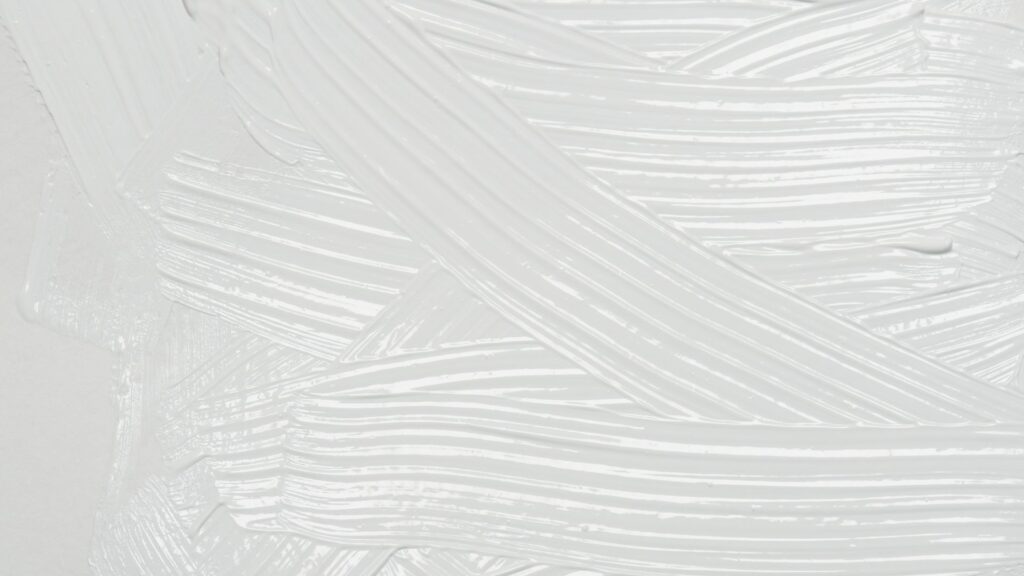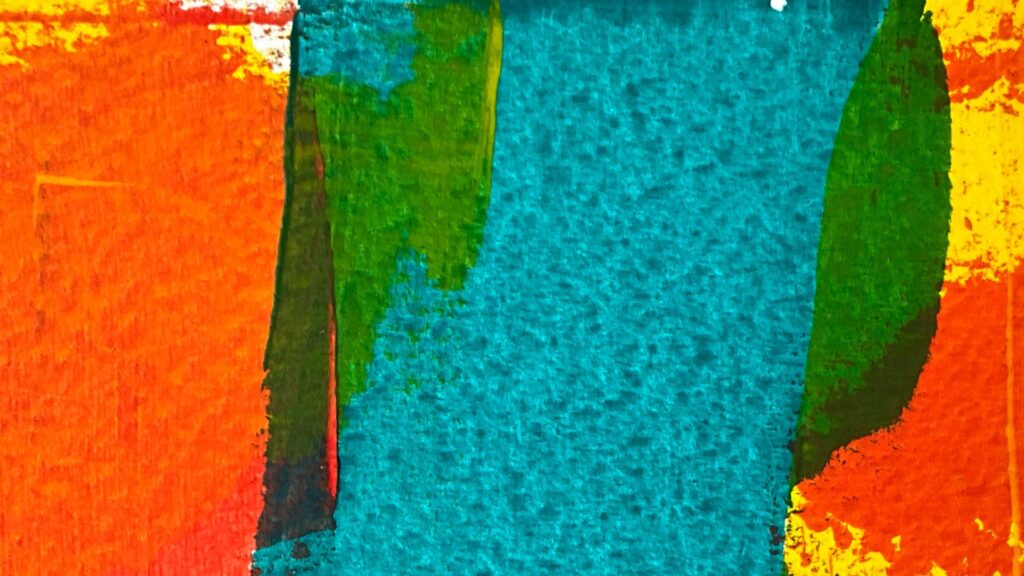
Creating texture in acrylic and oil paintings: Tips and tricks
One of the most powerful ways to elevate your painting is by adding texture. Texture brings a painting to life, creating depth, visual interest, and a sense of tactile reality. Whether you’re using acrylic or oil paints, texture plays a vital role in making your artwork stand out. The richness of a textured surface can give your paintings a new dimension, enhance the emotional impact, and capture the viewer’s attention.
In this article, we’ll explore different methods for adding texture to your acrylic and oil paintings, from impasto techniques to the use of palette knives and texture mediums. We’ll also discuss how texture can be used to depict a range of subjects, from landscapes to portraits:
- Introduction to texture in painting
- Texturing with acrylics
- Texturing with oils
- Creating textures for different subjects
- The power of texture in acrylic and oil painting

Introduction to texture in painting
Texture is one of the key elements that give paintings their life. It’s what makes a painting feel dynamic and immersive, creating a sense of movement, light, and space. Whether you’re painting a still life, a landscape, or a portrait, adding texture can help convey the physicality of your subjects, making them feel more real and engaging. It allows you to emphasize certain areas, create contrasts, and guide the viewer’s eye across the canvas. Both acrylic and oil paints are ideal for experimenting with texture, as each medium offers unique advantages for building up rich, tactile surfaces.
In this article, we’ll look at various techniques for creating texture in both acrylic and oil paintings. You’ll discover ways to use tools like palette knives, create thick layers of paint, and use texture mediums that will enhance the depth and visual interest of your artwork.
Texturing with acrylics
Acrylic paints are incredibly versatile and lend themselves well to texturing techniques. Their quick-drying nature means that you can build up layers of texture relatively quickly, making acrylics perfect for artists who enjoy working fast and experimenting with different effects.
Impasto with acrylics
Impasto is a technique where thick layers of paint are applied to the canvas, allowing for visible brushstrokes or palette knife marks. Acrylics are particularly well-suited for impasto because they dry quickly, enabling you to add multiple layers of thick paint in a short time. The key to successful impasto with acrylics is to use a heavy body acrylic paint or mix your paint with a medium that increases its thickness.
Palette knife techniques
Another popular method for creating texture in acrylics is using a palette knife. Instead of using brushes, artists can apply paint with the edge of a palette knife, which allows for thick, sculptural layers of paint. The palette knife can be used to scrape and move the paint around, creating various textures that range from smooth and flat to rough and raised. This method is particularly effective for creating interesting surfaces in landscapes or abstract works.
Texture mediums for acrylics
Acrylic paint is also compatible with various texture mediums, which can help you build up texture on your canvas. There are many different types of texture mediums, such as modelling paste, gel mediums, and sand mediums, that can be mixed with your acrylic paint to create a range of textures. Modelling paste, for example, is great for adding thick, three-dimensional texture to your painting, and it can be sculpted while still wet. Gel mediums can add smooth, shiny textures, while sand mediums give a gritty, rough surface ideal for creating the appearance of rocks or weathered surfaces.

Texturing with oils
Oil painting has a long tradition of texture-building techniques, with many artists using the medium’s slow-drying time to their advantage. Oil paints allow for rich, thick layers that can be sculpted into various textures, offering an unmatched depth of colour and detail.
Impasto with oils:
Just like in acrylics, impasto is a popular technique in oil painting. However, since oil paints dry slowly, they allow for even more flexibility with this method. You can build thick layers of paint over time, and because oils retain their wetness longer, you can blend, smooth, and manipulate the paint as you go. Using a palette knife or a thick brush, you can apply paint directly to the canvas, leaving raised textures that catch the light and add dimension to the painting.
Glazing for texture
Glazing is another technique often used in oil painting to add depth to a surface. While glazing is typically known for its transparent layering effect, it can also be used to create a textured, luminous finish. By applying a thin layer of translucent paint over a dry base layer, you can build up a rich surface that adds depth and complexity to the colours. This technique works particularly well for capturing the texture of skin in portraits or the layers of a landscape scene.
Thick paint application
One of the great advantages of oil paint is its ability to retain texture once it’s applied to the canvas. Artists can use thick applications of paint, often combined with palette knives, to create dramatic, sculptural effects. This technique is ideal for creating highly textured, expressive surfaces in both abstract and representational work. The slow drying time of oils allows artists to manipulate the paint for extended periods, enhancing their ability to achieve thick, detailed textures.
Creating textures for different subjects
Texture can be used effectively to bring life to a wide variety of subjects. Whether you’re painting a still life, a landscape, or a portrait, the way you apply texture can completely alter the mood and feel of your painting.
Landscapes
In landscape painting, texture can be used to capture the roughness of rocks, the softness of clouds, or the detailed layers of foliage. Techniques like impasto and palette knife painting can be used to give texture to mountains, rivers, or trees, while glazing can add atmospheric depth to the sky or distant hills.
Still life
Still life paintings benefit greatly from texture, especially when depicting materials like glass, fabric, or fruit. For example, creating smooth textures for a shiny glass bottle or rough textures for a burlap sack can add realism and visual interest. Acrylic texture mediums are great for adding raised detail to the surface of an object, such as the soft, smooth texture of a pear or the rough surface of a potato.
Portraits
Texture in portrait painting can add a sense of realism to skin, hair, and clothing. Impasto and palette knife techniques can be used to depict the texture of fabric or hair, while blending can help create smooth skin tones. Light and shadow also play a huge role in creating depth in portraits, so texture can help emphasise the contours of the face and add life to the expression.
The power of texture in acrylic and oil painting
Texture is a powerful tool in both acrylic and oil painting, adding dimension, interest, and depth to your artwork. Whether you’re using palette knives, impasto, glazing, or texture mediums, there are endless ways to experiment with texture and create visually captivating pieces.
Let’s recap what we learned about texture:
- Texture adds depth, visual interest, and realism to paintings, helping to create dynamic and engaging artworks in both acrylic and oil mediums.
- Techniques like impasto, palette knives, and texture mediums (such as modelling paste and gel mediums) allow for quick and flexible texture creation, ideal for a variety of subjects.
- Oil paints offer a slow-drying time that allows for more time to build thick textures, using methods like impasto, glazing, and thick paint applications to create rich, sculptural surfaces.
- Texture can enhance different subjects, such as creating rough surfaces for landscapes, smooth surfaces for still life, and detailed textures for portraits, adding realism and visual appeal.
- Experimenting with different texturing techniques, combining methods, and practicing will help you enhance your artwork and elevate its depth and tactile quality.
Don’t be afraid to try different techniques and combine them to suit the subject you’re working on. The key is to practice and allow yourself the freedom to explore how texture can elevate your artwork. With time, you’ll master these techniques and use them to enhance the richness and tactile nature of your paintings. Happy painting!